How to treat tomato fusarium wilt and why does it occur in a greenhouse?
A professional farmer and a simple summer resident who wants to get a good harvest should know the diseases of agricultural crops. Fusarium wilt of tomatoes is one of the most common and dangerous diseases of nightshade, the cause of which can be various oversights of the owner of the site. It is found in all climatic zones of the Russian Federation.
Characteristic signs
The disease appears due to damage to plants by a fungus called Fusarium. May be affected:
- Earth;
- planting material;
- seedlings of tomatoes;
- mature bushes.
With fusarium wilting, the vessels and tissues of the bush are damaged. Signs of damage appear during flowering or fruiting of nightshades:
- turn yellow and the lower leaves begin to dry out;
- then the leaves turn yellow from above - they begin to dry and deform even with abundant and regular watering;
- fruits and root system rot;
- the bush withers regardless of the amount of watering, feeding and other care.
Some inexperienced gardeners confuse wilting with fusarium with verticilliosis. The symptoms of both diseases are similar. You can distinguish them by comparing the stems on the cut:
| Name of the disease | Affected areas | Their appearance |
|---|---|---|
| fusarium | vessels | dark brown |
| tissues around the vessels | yellow or brown | |
| verticillosis | vessels | light brown |
| tissues around the vessels | color remains unchanged |
If the farmer discovers the first signs of the disease, then he should start treating tomatoes as soon as possible.
Reasons for the appearance
Spores of a dangerous fungus accumulate in the soil if nightshade crops have been growing on it for many years. When the ambient temperature exceeds +20 ° C, spores spread rapidly. Infection can also occur when the soil comes in contact with garden tools that have spores.
There are 7 main causes of the disease:
- Failure to comply with the distance when planting seedlings in the greenhouse. If the farmer places the seedlings close to each other, then when the tomatoes grow, thickening occurs.
- Fertilizing with mineral fertilizers very often or in large doses.
- Failure to comply with the ventilation regime, as a result of which the appearance of high air humidity in the greenhouse.
- Non-observance of crop rotation, that is, planting of crops in one place does not alternate.
- Failure to comply with watering rules.
- Groundwater occurs very close to the surface.
- The soil is infested with nematodes.
Vegetable growers should not forget that non-observance of the basic rules of cultivation of nightshade crops provokes not only the appearance of fusarium wilting, but also the development of other pathogenic fungi. This leads to the fact that tomatoes are infected with several diseases at once.
Effective ways to fight
An effective way to combat fusarium wilt of tomatoes will be a whole range of measures.
Preventive measures
Any farmer should know that it is easier to prevent ailment than to cure. Therefore, it is imperative to carry out prevention in order to prevent the onset of the disease.
- The processing of seed material is very important, especially those harvested from their own tomatoes. Seeds are treated with fungicides.
- Planting tomatoes with respect to the distance between bushes and rows specified by manufacturers.
- Maintaining a certain temperature and humidity in polycarbonate structures, comfortable for nightshades.This means constantly ventilating the greenhouse. Soil mulching and drip irrigation equipment are also important.
- Periodic cleaning of garden tools from contamination and rinsing with a strong solution of potassium permanganate.
In addition to these procedures, there are other measures to prevent the occurrence of infection.
Soil disinfection
Each summer season, the tomato growing area should be processed. This complex includes the following activities:
- Liming at high acidity.
- Watering with a liquid solution of copper sulfate before planting seedlings. Take 6 g of the substance (a teaspoon without a slide) in a 10-liter bucket of settled water.
- Periodic watering of planted plants with a solution of boric acid with potassium permanganate. It is necessary to observe the following proportions: dissolve 3 g of potassium permanganate and the same amount of boric acid in 10 liters of pure water. This is about ¼ teaspoon. With this amount of mortar, 4 m² of land can be treated.
- Removing the top layer (at least 12-13 cm) and replacing it with a new one.
- Treatment of the site with a mixture of wood ash and powdered sulfur after removing the bushes.
Continuous cultivation of the soil can prevent the penetration of fungus on tomatoes.
Selection of resistant varieties
The correct selection of a variety that is resistant to fungi is an opportunity to reduce the risk of an outbreak of infection in advance. The modern market for planting material offers a huge selection of already well-proven and new hybrids and varieties of nightshade. After examining the information about the response of the plant to the disease, you can choose the most suitable option.
Compliance with crop rotation
You need to know and follow the rules of crop rotation. If tomatoes are constantly planted in one place, then harmful spores accumulate in the soil - an outbreak of the disease is inevitable. Only after 4 summer cottages is it possible to place nightshades in their old place.
All of the above measures prevent the occurrence of fusarium wilting.
Treatment
There are several ways to treat an ailment if it appears, despite prevention.
Traditional methods
If there are isolated manifestations, then you should not use chemistry, you can do with old-fashioned methods.
- Fungi hate an alkaline environment. Therefore, it is worth sprinkling the bushes abundantly with ordinary wood ash. And pour the earth with infusion. For its preparation, half a liter of ash is dissolved in a 10-liter bucket of settled water. After 3-4 hours, watering is carried out with a watering can, trying not to get water on the leaves and stems.
- Spraying the bushes with milk (1 l), to which 40 g of liquid laundry soap and 30 drops of iodine are added.
- Processing tomatoes with garlic infusion. Take 3 large heads of garlic, chop them finely and put them in a liter jar with purified water. After a day, the infusion is diluted in 8 liters of settled water and the plants and the ground around them are sprayed.
- Regular watering of the soil with a decoction of onion peels will also help.
After the procedure, you should constantly monitor the condition of the nightshade. If the manifestations of the disease do not disappear, it is necessary to immediately begin treatment with store-bought drugs.
Use of biologicals
First of all, the source of the fungus is eliminated - the affected plants. They are carefully dug up and immediately removed from the site. The hole and the earth around it are spilled with copper sulfate. Take 30 g of the drug (this is 2 tablespoons without a slide) per 1 liter of warm water. Only after that, all tomatoes are sprayed with one of the suitable preparations:
- "Trichodermin" - the drug is good because the fruits can be consumed immediately after spraying;
- "Planrizom" - after the 1st treatment, a few more are carried out according to the instructions;
- "Pseudobacterin" - besides the fact that the drug destroys the fungus, it helps to accelerate plant growth;
- "Trichocinom" - farmers note that this is the most effective drug.
- "Gamairom" - also quickly eliminates the infection;
- "Alirin-B" - it is able to reduce the content of spores in the ground, increase the content of nutrients in tomatoes.
Biologicals are safe for the health of people and pets. They do not destroy insects, which are abundant in the greenhouse, and do not harm the environment. After all, biological products consist of a large number of bacterial strains that develop on tomatoes and begin to suppress the vital activity of pathogenic fungi.
Use of chemicals
"Medicines" created in chemical plants are more effective than biological ones. But after such processing, the fruits should not be eaten for 3-4 weeks.
Vegetable growers advise using:
- "Benazole" - the components of the drug are very quickly absorbed by the tissues of tomatoes and destroy the infection;
- "Byleton" - if you follow all the requirements described in the instructions, then the components will cause minimal harm to the plant;
- "Fundazol" - if the dosage is observed, it is completely non-toxic, but at the same time destroys spores in the 1st day after spraying. Protection lasts a week;
- "Quadris", and the treatment should be repeated every 14-16 days - this will reduce the risk of relapse;
- "Strekarom" - the drug protects against a whole range of diseases.
Do not forget that such "medicines" should be handled with care so as not to harm the plants and your health. Many of these chemicals can be used prophylactically, from seed dressing to seedlings and seedlings.
At the end of the summer season, after any processing, it is imperative to carry out disinfection of the earth. MUlcha and plant residues are removed from the greenhouse, taken out of the area or burned. And the soil is dug up together with the sterilizer. All surfaces of the greenhouse are washed with bleach (400 g of substance per 10-liter bucket of water), and garden tools and tools - with sodium hypochlorite (a 1% solution is prepared).
Fusarium tomato wilting is a fungal disease that is difficult to cure. Therefore, the farmer needs to carry out prevention, and if the plants do get sick, then immediately begin to treat them. Without wasting time and using proven methods of treatment, you can get rid of problems much faster.
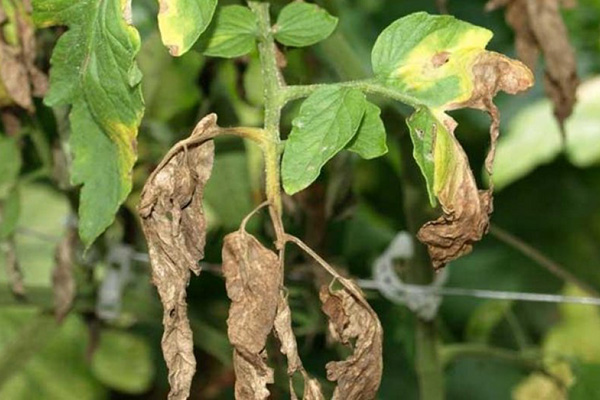
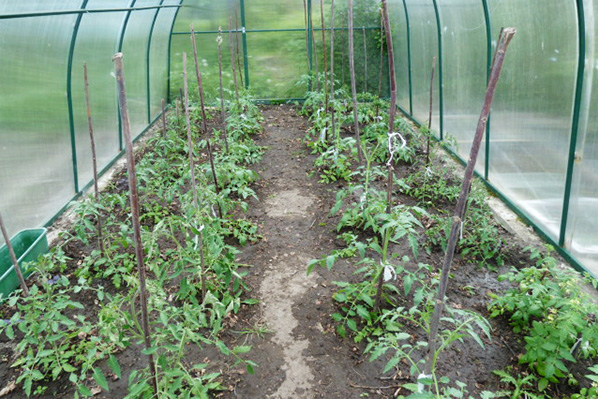
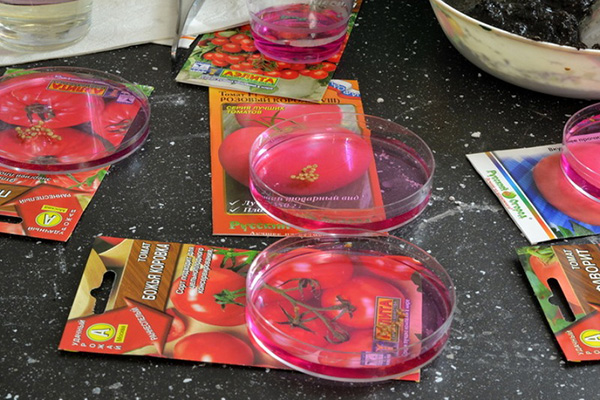
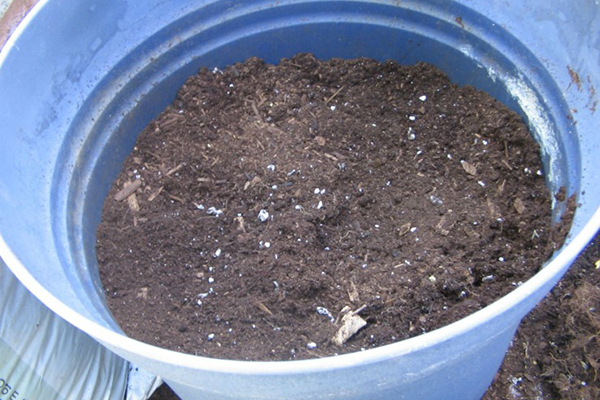
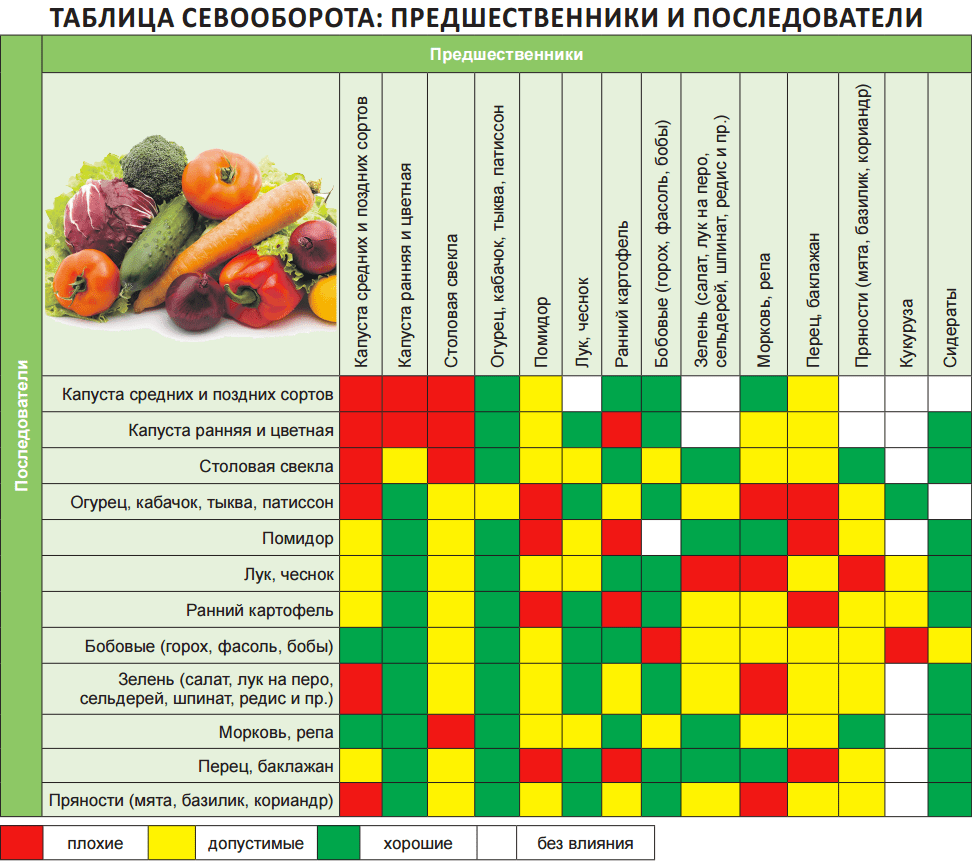
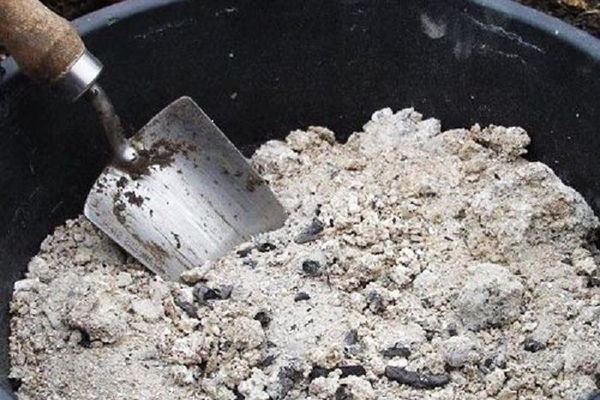
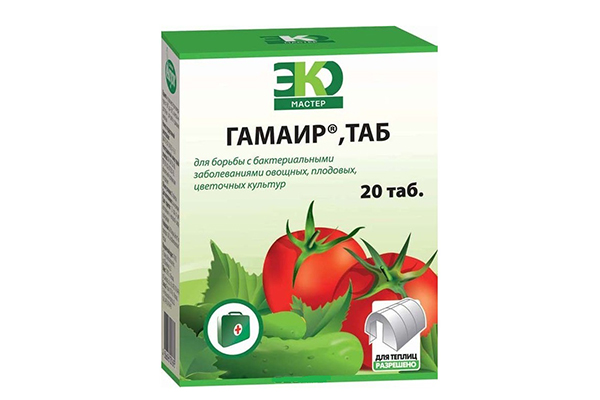
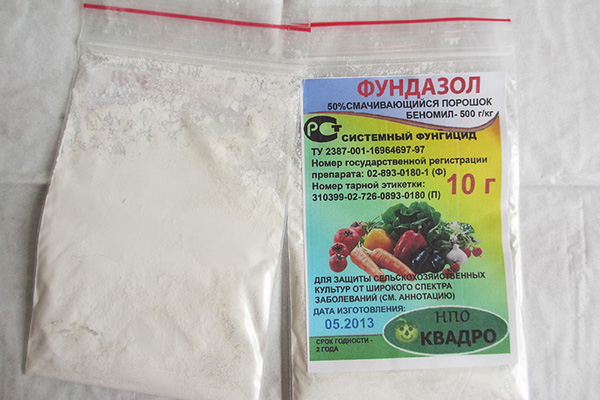
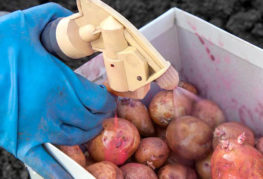
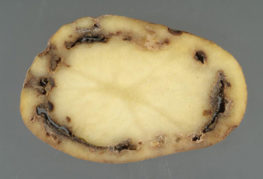
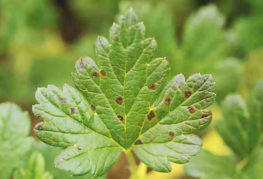
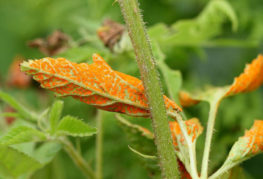
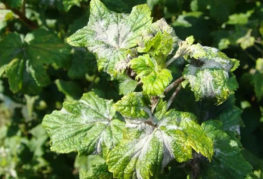
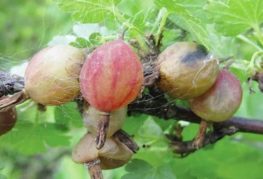
and will be published shortly.